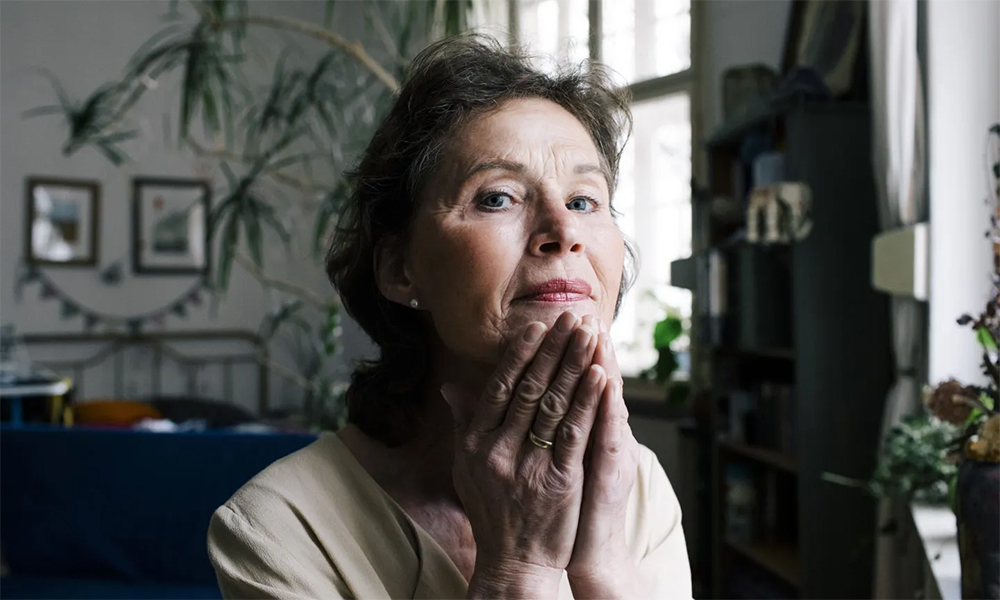
婴儿潮一代当中有些幸运儿似乎搭上过房地产市场的顺风车,没料到晚年却遭遇养老院一床难求。如今老去的这代人发现养老之处难寻,而且看起来养老院无力应对即将到来的挑战。
正如《华尔街日报》(Wall Street Journal)之前的警告,曾经供应过剩的局面已变成短缺。数据服务公司NIC MAP告诉《华尔街日报》,如果保持当前速度,到2030年增加的住房只有19.1万套,而应对老龄化的人口需要56万套。
婴儿潮一代把持着美国相当大一部分财富,是公认最富有的一代,然而这代人贫富差距也非常大。随着很多婴儿潮一代年纪老去,发现养老系统既缺乏愿意,也无力提供照顾,不仅要努力补贴养老开销,还面临着沉重的养老负担。
哈佛大学住房研究联合中心(Harvard University’s Joint Center for Housing Studies)发现,2021年有1120万,也就是大约三分之一老年人负担沉重。这些老人花在住房上的收入超过30%,达到历史最高水平。“尽管政府项目为数百万老年人提供了极为重要的住房援助,但需求远超过供给。在一些地区,等候可能长达数年,”报告作者写道,老年人群无家可归的现象正在增加。
“人口金字塔从未如此严峻,”NIC MAP 首席执行官阿里克・莫顿向《华尔街日报》解释道,“如果想跟上需求,老年住房行业每年要开发的住房得达到以往单年开发量的两倍。”而且,疫情初期房地产行业曾受到冲击,行业负责人向《华尔街日报》表示,当前面临着劳动力短缺和需求疲软的问题。
开发商不愿接新项目,抱怨成本高
多年过去,开发商的运营节奏依旧滞后。房地产咨询公司Green Street向《华尔街日报》表示,高利率加上建筑成本持续攀升,导致行业很难满足市场需求。该公司向《华尔街日报》解释称,很多老年人住不起私立养老院,有经济能力的老人则选择居家养老。
开发商对媒体表示,新开发项目往往是面向婴儿潮一代最富有人群的豪华项目。结果是很大一部分婴儿潮一代没有物美价廉的选择。
美国老龄化日益加重。为老年人提供安身之所本已不易,提供合适的护理更是压力巨大。养老院正面临严重的人员短缺问题,因为护理工作不仅辛苦而且报酬不高,很难留住人才。与此同时,Urban Institute预计,2000年到2040年可能需要基本生活护理的老年人(85 岁及以上)数量预计将增至四倍。医疗保险等各类保险也需要进一步完善,以应对不断增加的需求。
“一旦有大量人群涌入医疗保险体系,”2023年《财富》健康头脑风暴大会上CVS Health前首席执行官凯伦・林奇谈及不断增长的需求时说道,“整个医疗系统都将承受巨大压力。”(财富中文网)
译者:梁宇
审校:夏林
婴儿潮一代当中有些幸运儿似乎搭上过房地产市场的顺风车,没料到晚年却遭遇养老院一床难求。如今老去的这代人发现养老之处难寻,而且看起来养老院无力应对即将到来的挑战。
正如《华尔街日报》(Wall Street Journal)之前的警告,曾经供应过剩的局面已变成短缺。数据服务公司NIC MAP告诉《华尔街日报》,如果保持当前速度,到2030年增加的住房只有19.1万套,而应对老龄化的人口需要56万套。
婴儿潮一代把持着美国相当大一部分财富,是公认最富有的一代,然而这代人贫富差距也非常大。随着很多婴儿潮一代年纪老去,发现养老系统既缺乏愿意,也无力提供照顾,不仅要努力补贴养老开销,还面临着沉重的养老负担。
哈佛大学住房研究联合中心(Harvard University’s Joint Center for Housing Studies)发现,2021年有1120万,也就是大约三分之一老年人负担沉重。这些老人花在住房上的收入超过30%,达到历史最高水平。“尽管政府项目为数百万老年人提供了极为重要的住房援助,但需求远超过供给。在一些地区,等候可能长达数年,”报告作者写道,老年人群无家可归的现象正在增加。
“人口金字塔从未如此严峻,”NIC MAP 首席执行官阿里克・莫顿向《华尔街日报》解释道,“如果想跟上需求,老年住房行业每年要开发的住房得达到以往单年开发量的两倍。”而且,疫情初期房地产行业曾受到冲击,行业负责人向《华尔街日报》表示,当前面临着劳动力短缺和需求疲软的问题。
开发商不愿接新项目,抱怨成本高
多年过去,开发商的运营节奏依旧滞后。房地产咨询公司Green Street向《华尔街日报》表示,高利率加上建筑成本持续攀升,导致行业很难满足市场需求。该公司向《华尔街日报》解释称,很多老年人住不起私立养老院,有经济能力的老人则选择居家养老。
开发商对媒体表示,新开发项目往往是面向婴儿潮一代最富有人群的豪华项目。结果是很大一部分婴儿潮一代没有物美价廉的选择。
美国老龄化日益加重。为老年人提供安身之所本已不易,提供合适的护理更是压力巨大。养老院正面临严重的人员短缺问题,因为护理工作不仅辛苦而且报酬不高,很难留住人才。与此同时,Urban Institute预计,2000年到2040年可能需要基本生活护理的老年人(85 岁及以上)数量预计将增至四倍。医疗保险等各类保险也需要进一步完善,以应对不断增加的需求。
“一旦有大量人群涌入医疗保险体系,”2023年《财富》健康头脑风暴大会上CVS Health前首席执行官凯伦・林奇谈及不断增长的需求时说道,“整个医疗系统都将承受巨大压力。”(财富中文网)
译者:梁宇
审校:夏林
A selection of lucky baby boomers seemingly have won the housing market, but they haven’t met their final boss just yet—the elusive retirement home. The generation is aging into worn infrastructure, and it appears that senior homes are ill-equipped to deal with the incoming class.
What once was an excess of supply has become a dearth, as the Wall Street Journal warns of a shortage on the horizon. If the current rate of development stays the same, just 191,000 new housing units will be added by 2030—short of the 560,000 needed to usher in the aging population, data service NIC MAP tells the Journal.
While boomers account for a large portion of the nation’s wealth and have been deemed the richest generation, the cohort suffers from immense wealth disparity. Many boomers find themselves aging into a system that is not willing or equipped to care for them, and instead struggle to subsidize their own care while facing an affordability crisis.
In 2021, 11.2 million seniors—about one in three—were cost-burdened, spending more than 30% of their income on housing, found Harvard University’s Joint Center for Housing Studies, noting that’s a record high. “Though government programs provide crucial housing assistance to millions of older adults, demand drastically outstrips supply, with years-long waitlists in some areas,” write the report’s authors, adding that homelessness among older populations is on the rise.
“We’ve never had a population pyramid that looks like this,” Arick Morton, chief executive of NIC MAP, explained to the Journal. “The senior housing industry would need to develop twice as many units as it has ever developed in any single calendar year every year to keep up.” What’s more, the early pandemic pulled the brakes on the housing industry, as leaders tell the Journal of labor shortages and weakened demand.
Developers shirk new projects, complaining of high costs
Years later, developers are still operating at a different pace. Real estate advisory company Green Street tells the Journal that high interest rates and costs of building still keep the industry from meeting said demand. Many seniors are unable to afford private retirement homes, and others who can are opting to age in their home, the company explains to the Journal.
The new projects are often luxury ones that cater to the richest of boomers, developers say to the outlet. That all leaves a large portion of boomers pushed out of affordable housing.
America is an increasingly aging nation. It’s not just putting a roof over seniors’ heads that is an uphill battle; there’s also a strain when it comes to finding care. Nursing homes are dealing with staffing shortages, finding it difficult to retain talent when it comes to an often grueling and underpaid job. Meanwhile the number of adults who will likely need help with basic care (aged 85 and older) is set to quadruple between 2000 and 2040, finds the Urban Institute. Insurance, including Medicare, will also need to step up to meet the influx of needs.
“There’s like a tsunami of people coming into Medicare,” former CVS Health CEO Karen Lynch said of increased need at the Fortune Brainstorm Health conference in 2023. “That’s going to put pressure on the entire health care system.”






